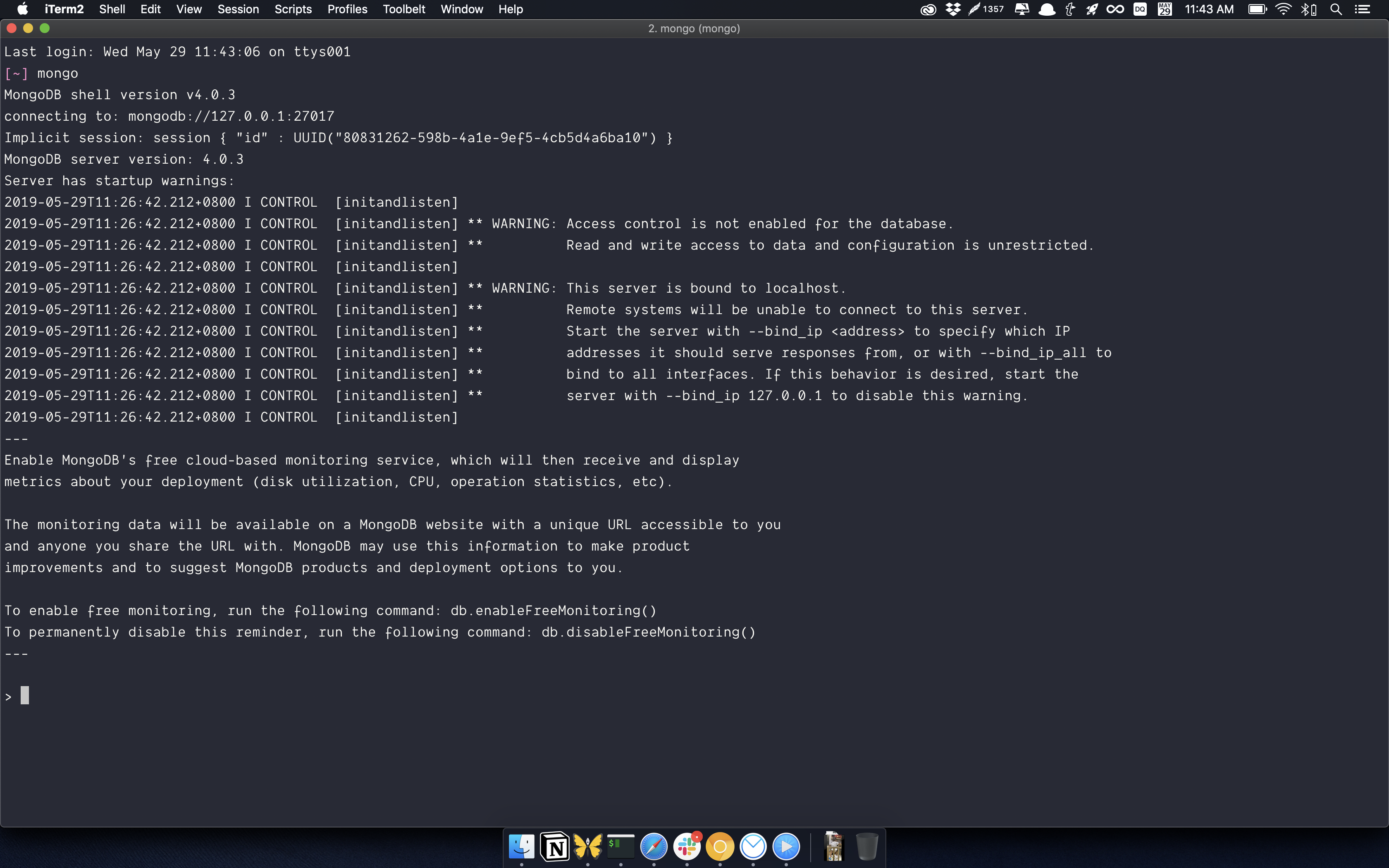
- #INSTALL MONGODB ON LINUX SERVER HOW TO#
- #INSTALL MONGODB ON LINUX SERVER INSTALL#
- #INSTALL MONGODB ON LINUX SERVER DOWNLOAD#
#INSTALL MONGODB ON LINUX SERVER INSTALL#
Install Graylog server: # yum install graylog-server -y
#INSTALL MONGODB ON LINUX SERVER DOWNLOAD#
You can download the latest open source version of graylog server from its website. It’s time to configure and install graylog server. Once all the prerequisites are done and checked. # systemctl start rvice Installing and configuring Grylog server We need to add MongoDB repo with below entries in the MongoDB repo file, since it’s not already available by default on Centos 7/ Rhel 7. Once you started and enabled rvice below curl command should give you output as shown. We are all set to start and enable rvice # chkconfig -add elasticsearch # vi /etc/elasticsearch/elasticsearch.yml # yum install elasticsearch -yĪfter installing Elasticsearch package, elasticsearch.yml configuration file will be generated, set the cluster name to graylog as below. Now you are ready to install Elasticsearch package. Name=Elasticsearch repository for 2.x packages Since default Elasticsearch repository is not available in Centos 7 / Rhel 7, we will need to create repo file manually including below entries in Elasticsearch repo file. We are going to import the GPG key using the following command: # rpm -import Elasticsearch helps to show the message in Graylog Web Interface, whenever user requests a query. This is why it is preferred in handling Big Data.Įlasticsearch fulfills the requirement of applications which need complex searching. Elasticsearch engine can store, and search a huge amount of data. This engine plays a fine role inside Graylog server. # yum install pwgen -y Installing ElasticsearchĪfter installing openJDK, let’s move towards Elasticsearch. # yum install java-1.8.0-openjdk-headless.x86_64 -y You may also use OracleJDK but I prefer the open source version OpenJDK.

Why do you need OpenJDK? Because, Elasticsearch is based on Java. Installing openJDKįirst we will install openJDK.

If you are using some other distribution, you should use the package manager of your distribution. Please note that I am using Red Hat Linux in this tutorial so the installation steps show Yum package manager. Let’s first start by installing the required components of Graylog server. We will go through the procedure step by step. Let’s start with the Graylog server installation. Web Interface gives more easy and tidy approach to handle the configurations. Graylog Web Interface: A dashboard to manage log related configurations using GUI. GrayLog Server: A parser, which would collect logs from different destinations.

All input/output operations happen in this engine. MongoDB: A database, which stores configuration and meta information.Įlasticsearch: An engine, which makes searches efficient. The fundamental components of Graylog server are: There are prerequisites to install and configure Graylog server, which are as below: It then also enables you to visualize the logs in a web interface. It lets you gather and aggregate the logs from different destinations. Graylog is an Open Source platform for log management.
#INSTALL MONGODB ON LINUX SERVER HOW TO#
In this tutorial, I’ll show you how to configure a Graylog server to manage a huge amount of log (Big data). In the previous tutorial, I showed how to get started with Buildah to manage your Linux containers. The solution is very simple: ‘Configure a Graylog Server.’ We’ll enable the MongoDB repository, import the repository GPG key, and install the MongoDB server.Have you ever wondered about managing big amount of logs? At some point everyone sysadmin has, I believe. Installing the latest MongoDB on Ubuntu is fairly straightforward. The standard Ubuntu repositories include an outdated MongoDB version.



 0 kommentar(er)
0 kommentar(er)
